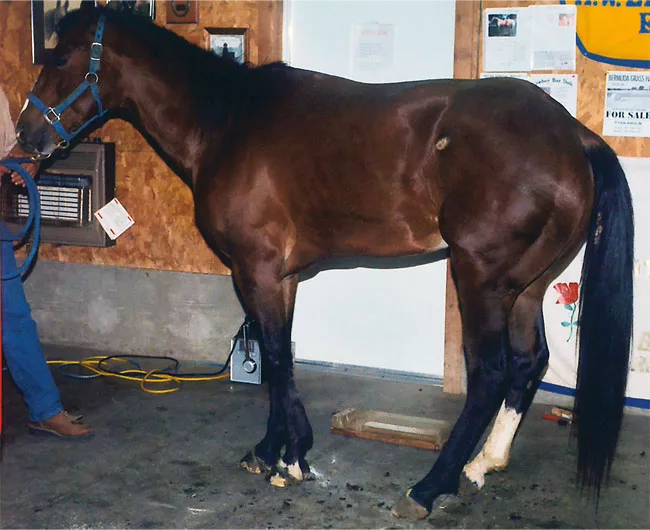American Farriers Journal
American Farriers Journal is the “hands-on” magazine for professional farriers, equine veterinarians and horse care product and service buyers.

As a farrier, you understand that the unfortunate irony of treating a horse with laminitis is that in many cases, the disease could have been prevented. As a hoof-care professional, you are familiar with the signs of laminitis. But many horse owners are not — particularly the increasingly common type of horse owner who didn’t grow up with horses.
That means you can do your clients a big favor by familiarizing them with the causes and subsequent preventative measures they can take to avert trouble before it starts — as well as steps to take to at least arrest the effects of long-term damage.
What follows is a basic laminitis primer — a summary designed for you to use to help inform and educate your clientele about the dangers that can befall their horses from misguided management practices.
Laminits, often commonly referred to as founder, results from the restriction of blood to the sensitive and insensitive laminae, structures that secure the coffin bone to the hoof wall. The ensuing inflammation may permanently compromise functional integrity, and in severe cases can cause the laminae to separate, resulting in the loss of stabilization and possible rotation of the coffin bone.
Technically, laminitis and founder are not synonyms; rather laminitis is the inflammation and condition that may result in founder, which refers to the actual rotation or sinking of the bony column.
Laminitis is divided into two categories — acute and chronic. Acute laminitis is associated with the sudden onset of…